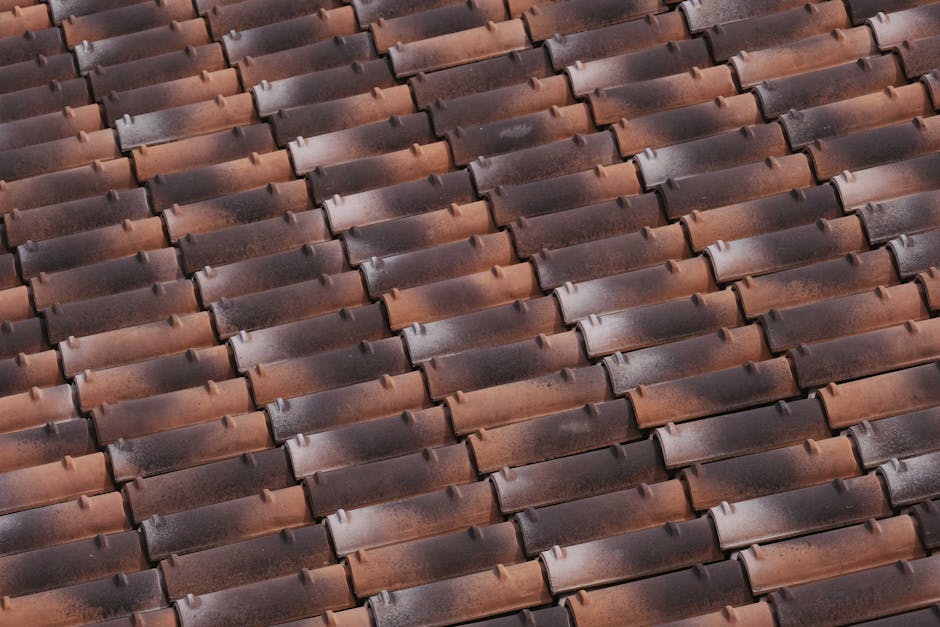How to Choose the Best Roofing Material for Your Home

Choosing the right roofing material for your home is a crucial decision that impacts not only the aesthetic appeal of your house but also its durability, energy efficiency, and overall value. With various options available, each with its own set of benefits and drawbacks, it can be challenging to make an informed choice. This guide aims to simplify the process by providing detailed information on the most popular roofing materials, their characteristics, and factors to consider when selecting the best option for your home.
Asphalt Shingles
Asphalt shingles are one of the most common roofing materials in the United States. Known for their affordability and ease of installation, they are a popular choice among homeowners. Asphalt shingles come in a variety of styles and colors, making it easy to find an option that complements your home's exterior.
These shingles are made from a base material, typically fiberglass or organic felt, which is then coated with asphalt and mineral granules. The result is a durable and weather-resistant product that can last between 15 to 30 years, depending on the quality and maintenance.
When considering asphalt shingles, it's essential to weigh their pros and cons:
- Pros: Affordable, easy to install, variety of styles and colors.
- Cons: Shorter lifespan compared to other materials, susceptible to algae growth in humid climates.
Metal Roofing
Metal roofing has gained popularity due to its durability and energy efficiency. Available in various metals such as aluminum, steel, copper, and zinc, metal roofs can last up to 50 years or more with proper maintenance. They are also highly resistant to extreme weather conditions like hail, wind, and heavy snow.
One significant advantage of metal roofing is its ability to reflect solar radiant heat, which can reduce cooling costs by up to 25% in hot climates (source: energy.gov). Additionally, metal roofs are environmentally friendly as they can be made from recycled materials and are fully recyclable at the end of their lifespan.
The key considerations for metal roofing include:
- Pros: Long lifespan, energy-efficient, recyclable.
- Cons: Higher initial cost, noise during rain or hailstorms without proper insulation.
Clay and Concrete Tiles
Clay and concrete tiles are known for their distinctive appearance and durability. Commonly used in Mediterranean-style homes, these tiles can last up to 50 years or more. Clay tiles are made from natural clay baked at high temperatures, while concrete tiles are made from a mixture of sand, cement, and water.
Both types offer excellent resistance to fire and extreme weather conditions. However, they are heavier than other roofing materials, which may require additional structural support. It's essential to consult with a structural engineer before choosing clay or concrete tiles for your home.
The benefits and drawbacks of clay and concrete tiles include:
- Pros: Long lifespan, fire-resistant, aesthetically pleasing.
- Cons: Heavy weight requires additional support, higher cost.
Wood Shingles and Shakes
Wood shingles and shakes offer a natural and rustic look that enhances the charm of many homes. Made from cedar, redwood, or other rot-resistant woods, these materials can last between 20 to 40 years with proper care. Wood shingles are machine-cut for a uniform appearance while shakes are hand-split for a more textured look.
A significant advantage of wood roofing is its insulation properties. Wood acts as a natural insulator, helping to regulate indoor temperatures. However, wood roofs require regular maintenance to prevent mold, rot, and insect infestations. Treatment with fire retardants is also necessary in areas prone to wildfires.
The main points to consider with wood shingles and shakes include:
- Pros: Natural insulator, aesthetically pleasing.
- Cons: High maintenance requirements, susceptible to fire without treatment.
Synthetic Roofing Materials
Synthetic roofing materials such as rubber (EPDM), plastic polymers (PVC), and composite materials have emerged as viable alternatives due to their durability and versatility. These materials can mimic the appearance of traditional roofing options like slate or wood but often come at a lower cost and weight.
Synthetic roofs typically offer excellent resistance to weathering and impact damage. They are also lightweight and easy to install. Some synthetic materials are made from recycled products, making them an eco-friendly option.
| Material | Lifespan (years) | Cost (per square foot) | Maintenance Level |
|---|---|---|---|
| Asphalt Shingles | 15-30 | $1-$4 | Low |
| Metal Roofing | 40-70+ | $5-$12 | Low |
| Clay/Concrete Tiles | 50+ | $10-$20+ | Moderate |
| Wood Shingles/Shakes | 20-40 | $6-$9 | High |
| Synthetic Roofing | 30-50+ | $7-$11 |
Selecting the Best Material for Your Home
Your choice of roofing material should align with several critical factors such as climate conditions in your area, budget constraints, architectural style of your home, and maintenance preferences. Here’s how you can approach this decision:
- Climate Considerations: If you live in an area prone to heavy snowfall or hurricanes,FEMA.gov recommends considering metal or asphalt shingles due to their resilience against severe weather conditions.
- Lifespan vs Cost: Your budget will heavily influence your decision. While some materials have a higher upfront cost—such as metal or clay—they may offer long-term savings through durability.
- Sustainability: If eco-friendliness is important
Selecting the best roofing material involves balancing various factors such as cost, longevity, and aesthetic appeal tailored specifically for your needs. The ideal choice should offer durability while aligning with both environmental concerns and architectural elements present within one's unique setting. With careful research coupled alongside professional guidance, homeowners will find themselves equipped adequately when making informed decisions about protecting their abode against nature's elements effectively over time.